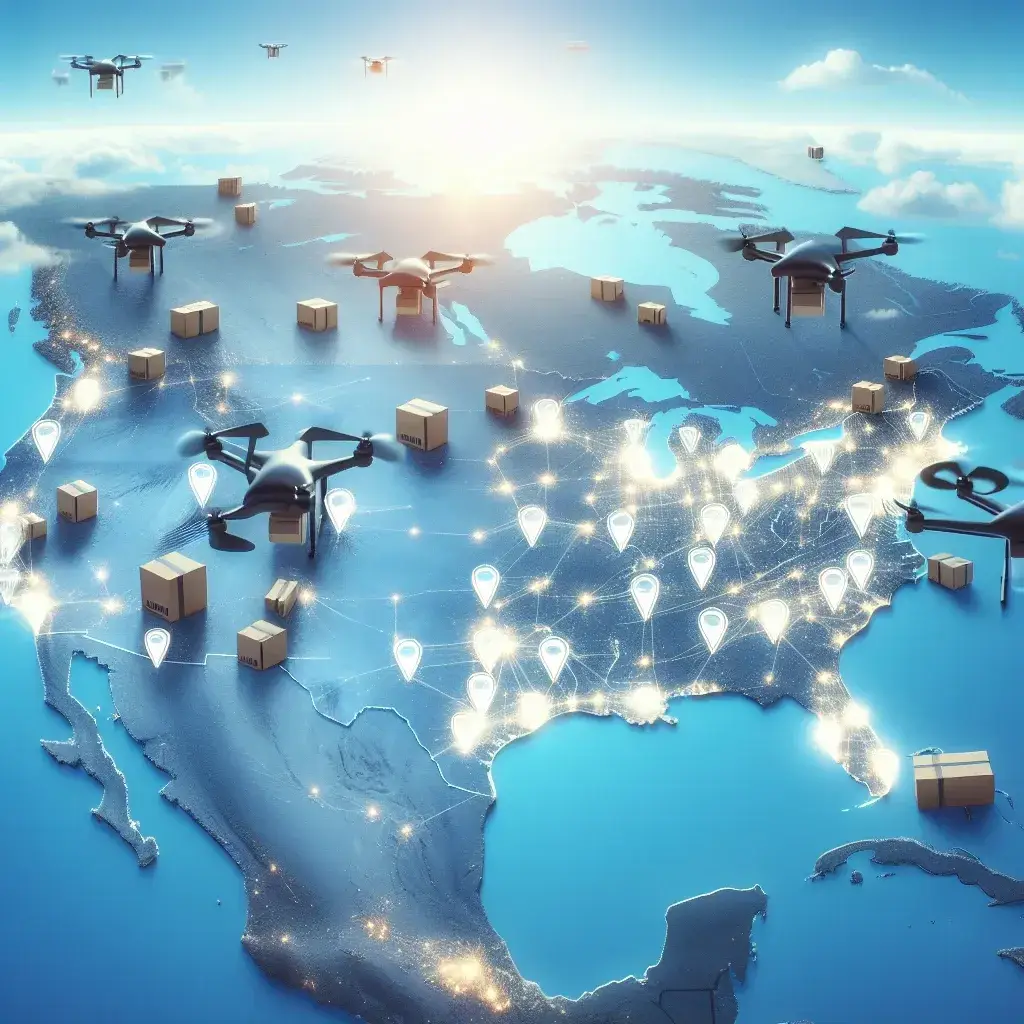Introduction
In a bold move set to reshape the logistics and delivery landscape, Amazon has announced its plans to expand drone delivery services to 50 new cities across the United States. This exciting initiative not only promises to enhance customer satisfaction through faster delivery times but also positions Amazon at the forefront of technological innovation in e-commerce. As we navigate through this transition, it’s essential to explore the implications, opportunities, and challenges associated with Amazon’s drone delivery expansion.
The Evolution of Drone Delivery
Drone delivery is not a novel concept, but Amazon’s pioneering efforts have brought it into the mainstream. The idea traces back to the early 2010s when drones began to capture the interest of tech enthusiasts and logistics companies. Amazon began testing its Prime Air delivery drones, aiming to deliver packages to customers in under 30 minutes. This vision is now becoming a reality as Amazon prepares to launch its services on a grander scale.
Historical Context
The journey towards drone delivery has seen various trials and tribulations. From regulatory hurdles to technical challenges, Amazon has navigated a complex landscape to reach this pivotal moment. The Federal Aviation Administration (FAA) has played a significant role in shaping the regulatory framework that governs drone operations in the U.S. With the recent advancements in drone technology, including improved battery life and enhanced navigation systems, Amazon is now poised to overcome these obstacles and expand its service.
What This Expansion Means for Consumers
As Amazon gears up to launch its drone delivery services in 50 new cities, consumers can look forward to several benefits:
- Faster Delivery Times: One of the most significant advantages of drone delivery is speed. Customers can expect their packages to arrive within minutes, reducing the wait time associated with traditional delivery methods.
- Increased Access: By expanding to 50 new cities, Amazon will make its drone delivery services available to more customers, including those in suburban and rural areas where traditional delivery options may be limited.
- Cost-effective Solutions: With the automation of delivery processes, Amazon aims to reduce shipping costs, potentially passing those savings onto customers in the form of lower prices.
Challenges and Considerations
While the benefits are promising, Amazon’s expansion into drone delivery is not without its challenges:
- Regulation Compliance: Navigating the regulatory environment remains a top priority. Adhering to FAA regulations and ensuring the safety of operations in urban settings present ongoing challenges.
- Public Perception: As drones become a common sight in neighborhoods, public sentiment can vary. Ensuring that communities are receptive to drone deliveries is crucial for successful implementation.
- Technological Limitations: While drones have come a long way, limitations such as battery life, payload capacity, and weather conditions can affect delivery efficiency.
Looking Ahead: The Future of Drone Delivery
The future of drone delivery looks promising, with Amazon leading the charge. As the company continues to refine its technology and expand its service, we can anticipate several trends in the coming years:
1. Integration with Smart Technology
As smart home technology becomes increasingly prevalent, integration with drone delivery systems will likely enhance user experience. Customers may be able to schedule deliveries or receive real-time updates through mobile applications.
2. Environmental Considerations
With growing concerns about carbon footprints, Amazon’s drone delivery system could play a role in reducing emissions. Drones have the potential to be more energy-efficient compared to traditional delivery vehicles, marking a step forward in sustainable logistics.
3. Expansion Beyond Urban Areas
While the initial rollout will focus on urban centers, future expansions may target rural and underserved regions, bringing a new level of convenience to those areas.
Conclusion
Amazon’s preparations to expand its drone delivery services to 50 new cities signifies a transformative shift in the way goods are delivered. The potential benefits for consumers, combined with the challenges that lie ahead, create an intriguing narrative for the future of logistics and e-commerce. As we stand on the brink of this new era, it remains to be seen how successfully Amazon will navigate the complexities of drone delivery, but one thing is clear: the future is taking flight.

Leave a Reply